The Monastery of La Rábida is a Franciscan monastery nestled in the picturesque town of Palos de la Frontera, in the province of Huelva, southern Spain. Its foundations date back to the period between the 14th and 15th centuries, and its walls were witness to Christopher Columbus's preparations for his epoch-making exploratory journey to the New World.
The monastery's architecture, blending Gothic and Mudéjar elements, together with frescoes by Daniel Vázquez Díaz, a majestic cloister, and rich museum collections that tell the story of the discovery of America, captivates historians, researchers, and tourists from around the globe.
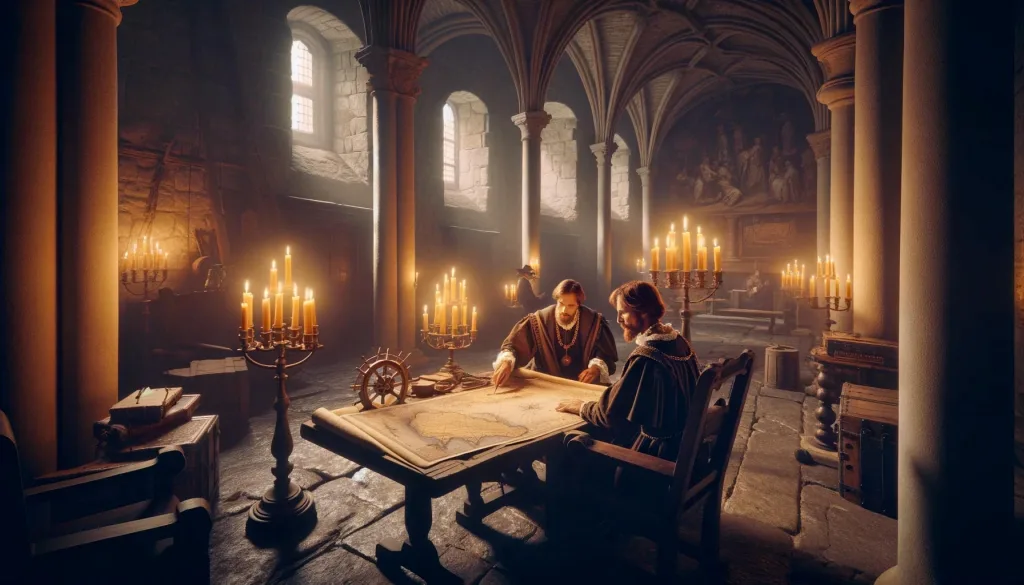
At the heart of this sacred complex lies the figure of the monastery's patron saint, Santa María de la Rábida, also known as Virgen de los Milagros. This unique 13th-century Gothic sculpture, crafted from alabaster, serves as a spiritual hub for many pilgrims.
Over the span of more than five centuries, the Monasterio de La Rábida has witnessed numerous historical events and undergone many changes, especially after the devastating Lisbon earthquake in 1755.
Not only did Columbus find refuge and support here before his voyage, but Martín Alonso Pinzón, Columbus's companion, was also buried here, passing away shortly after returning from the first journey to America.
Visits by historical figures such as Hernán Cortés, Gonzalo de Sandoval, and Francisco Pizarro, following their expeditions, granted the monastery status as a significant cultural landmark, known as Lugares Colombinos, or Columbian Places.
Early history of La Rabida
The Monasterio de La Rábida stands atop a hill overlooking the confluence of the Tinto and Odiel rivers, a place long known as the Peña de Saturno, or Rock of Saturn. Shrouded in the mists of time, the origins of the monastery are wrapped in legends recorded by Brother Felipe de Santiago in an ancient codex. According to these tales, in Phoenician times, there was an altar dedicated to Baal (later associated with Hercules) here, and in the Roman period, this site was revered as a sacred tomb dedicated to the goddess Proserpina. The Arabs, in turn, built a small morabit here, inhabited by monk-knights, akin to those in Christian orders.
A morabit, typically located along the frontier coast, was called a rábida, a term derived from the Arabic word "ribāt," reflecting the site's spiritual and defensive character. After the Christian reconquest of the area in the 13th century, the land belonged to the Order of the Templars and was dedicated to Nuestra Señora de los Milagros. According to tradition, St. Francis of Assisi himself visited this place with twelve disciples to establish a modest Franciscan monastery.
In 1856, the monastery was declared a Monumento Histórico y Artístico de la Nación, making it one of the first National Monuments in Spain. It also received the title of First Historical Monument of the Spanish-speaking Peoples in 1949 and the Gold Medal of Andalusia in 1992. The inclusion of the monastery in the Preliminary List of UNESCO World Heritage Sites in 2016 underscores its immense cultural and historical value as an integral part of both Spanish and global heritage.
When you're in the area, you can't miss this landmark. Close by, you'll find replicas of caravels in their original departure point for the Indies. Read more HERE, and to learn more about Huelva, click HERE.
PS Niestety ze względu na awarię dysku własnych zdjęć z La Rabidy nie posiadam … Prawa autorskie zdjęcia z okładki artykułu: Por Miguel Ángel “fotógrafo”, CC BY-SA 4.0, https://commons.wikimedia.org/w/index.php?curid=1868522
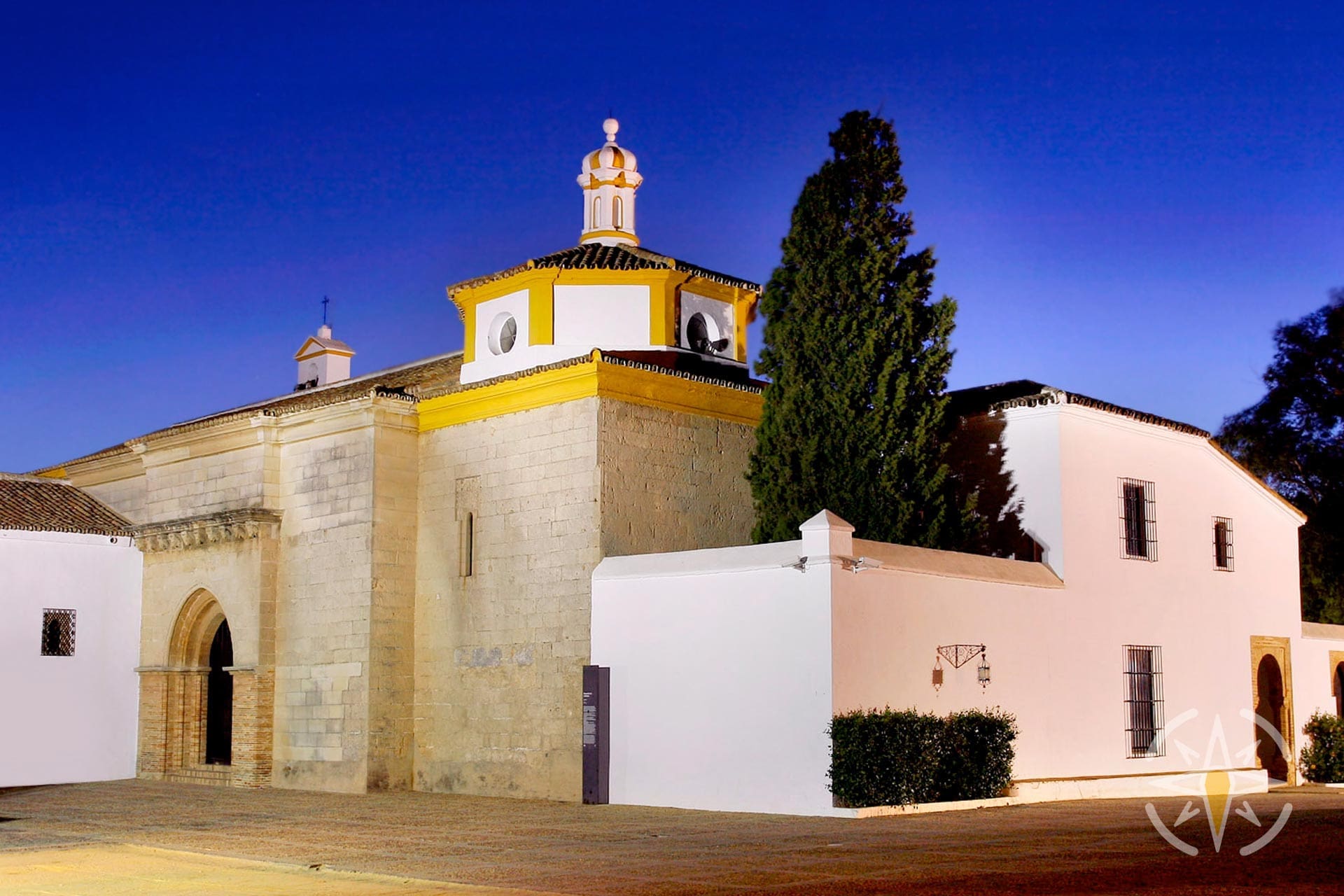
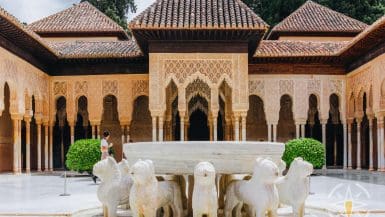
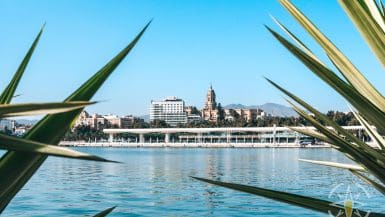
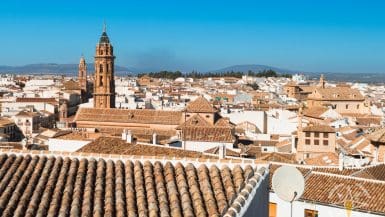
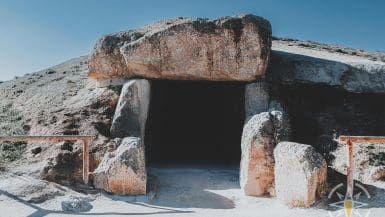
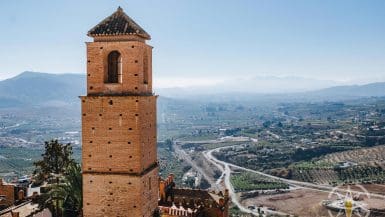

Leave a comment, ask a question...